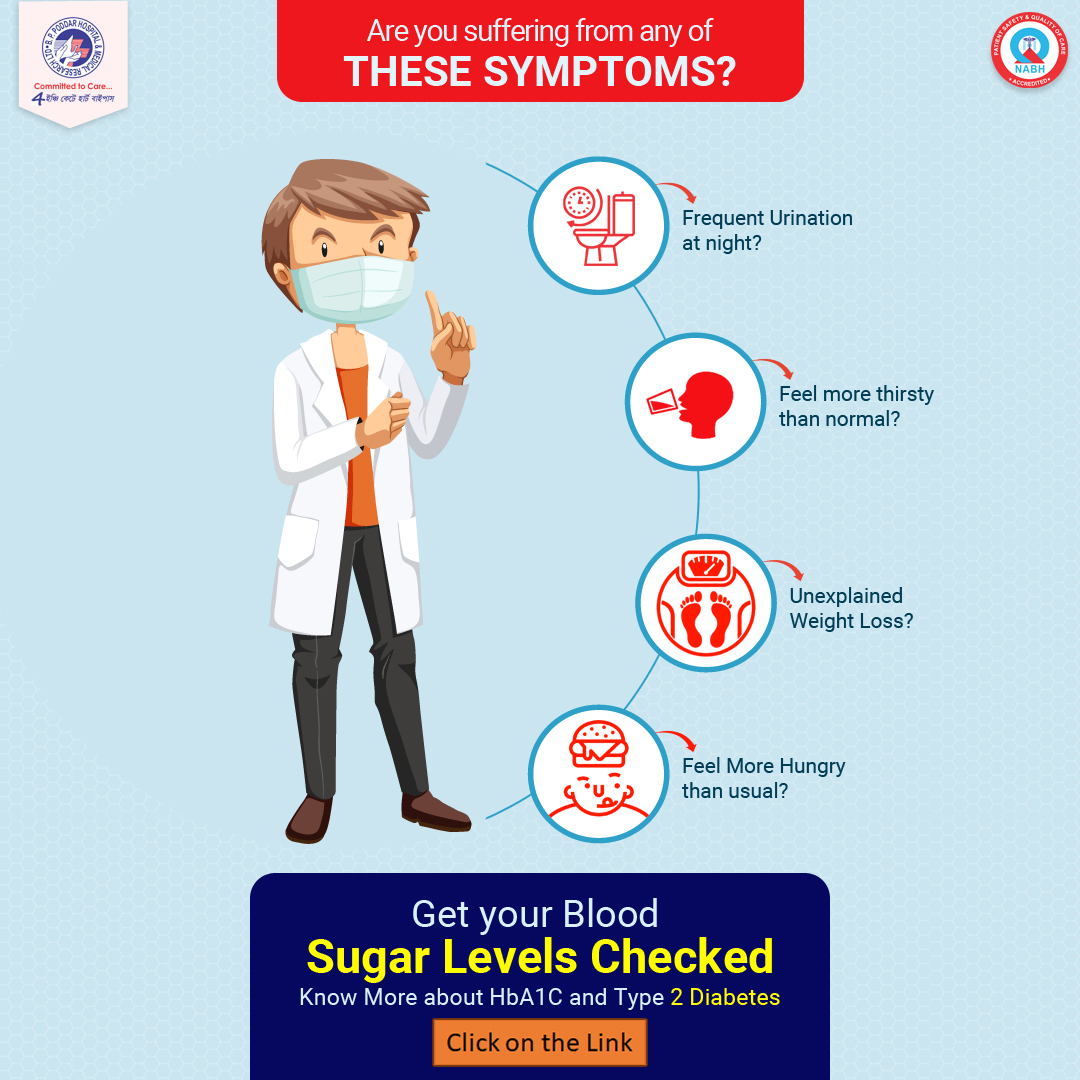
What is the difference between Type 1 and Type 2 Diabetes?
Type 1 Diabetes is a condition where the Pancreas fails to produce Insulin. Insulin is a hormone produced by the pancreas which helps in transportation of blood glucose into the cells of the body for utilization. Type 1 Diabetes is an auto-immune disorder, where the body’s own immune system attacks and destroys the Insulin producing cells of the Pancreas. Therefore very little or no insulin is produced. Therefore Type 1 Diabetes is also called Insulin Dependent Diabetes Mellitus (because the Pancreas does not produce insulin) or Juvenile Diabetes (because the onset of this condition is during the adolescence).
Now let us know what is Type 2 Diabetes. Type 2 Diabetes is a condition, when the β cells of the pancreas gets progressively damaged and hence the insulin production of Pancreas goes down. Simultaneously the insulin receptors of the cells of the body changes its structure such that, although there is insulin in the blood, but it cannot transport the glucose from the blood into the cells. This is called Insulin Resistance. Therefore the blood glucose levels are elevated which is called hyperglycemia. Since in such cases, when the Pancreas secretes Insulin, but it cannot transport the glucose into the cells. In response, the Pancreas try to produce more Insulin, thinking that due to lack of Insulin, the cells of the body are not getting sufficient glucose. Therefore we see a condition, when there is excess glucose in blood (hyperglycemia) and excess insulin in the blood also (Hyperinsulinemia). So we learn that, in Type 2 Diabetes, there is a condition called Insulin Resistance along with the ability of the Pancreas to produce less Insulin.
What are the Symptoms of Type 2 Diabetes?
The symptoms of Type 2 Diabetes are:-
If you are feeling any one more symptoms, you should consider getting your blood sugar levels checked. The two most common type of blood sugar tests are
Both the tests have one major drawback- It provides the blood sugar levels at the current status and therefore prone to fluctuation. Therefore to get a more accurate and a holistic level of the blood glucose, it is advised to conduct a HbA1C test.
What is HbA1C Test?
HbA1C stands for Glycosylated Hemoglobin- An HbA1C Test records a 3 months average data of the glucose levels of the body and hence provides a holistic data on the overall Glucose levels. HbA1C measures the amount of blood sugar (glucose) attached to hemoglobin. Hemoglobin is the part of your red blood cells that carries oxygen from your lungs to the rest of your body. An HbA1c test shows what the average amount of glucose attached to hemoglobin has been over the past three months. Mentioned below are the levels of HbA1C and how the data is interpreted:-